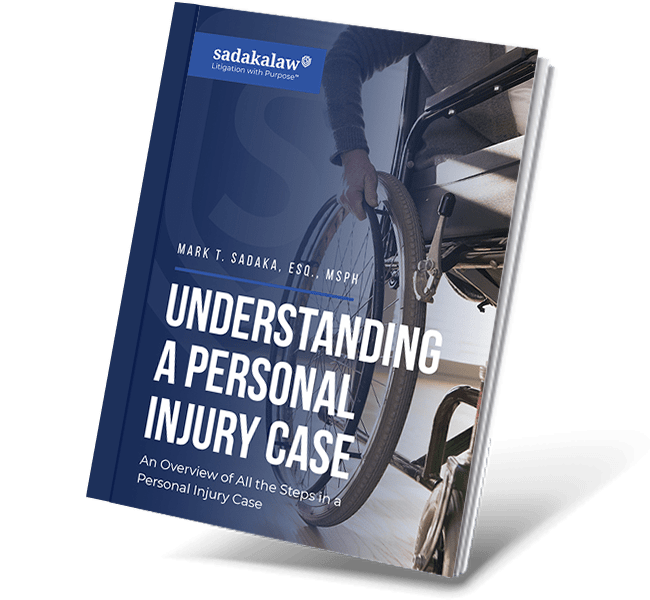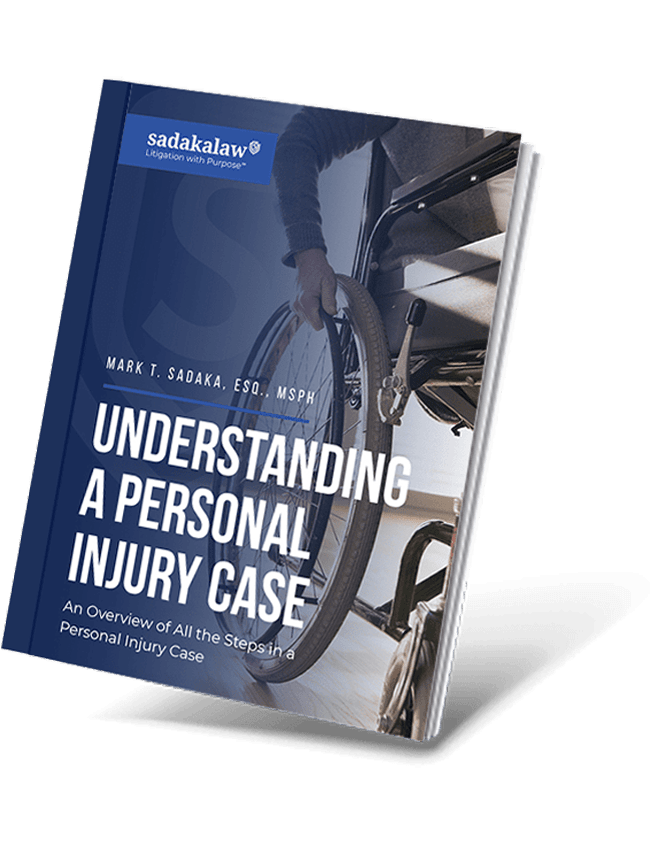
Due to the growing influence of social media, more and more people are making a career out of advertising products to fans through social media. Though being an influencer on Twitter, Youtube, Instagram, or Snapchat might seem very casual, it actually falls under many legal regulations. An influencer who endorses a defective product can end up in many lawsuits.
What Counts As Endorsing a Product?
To hold a social media influencer liable for a defective product, it is necessary to show that they were actually endorsing the product. This step is necessary because a person is only liable for claims they make about a product if they are making the claim as part of a trade practice.
An influencer counts as a product endorser if they are receiving some sort of compensation to display or talk about a product in a manner that could encourage others to buy it. In the world of social media, this basically means that a person counts as endorsing a product if they were paid to discuss or display the product, if they were given a product for free in exchange for a review, or if they otherwise have a vested interest in the product.
Is an Endorser Liable for Supporting a Defective Product?
Because product endorsements count as a type of trade, they are heavily regulated. Breaking these regulations can open the influencer up to lawsuits. State law can cause some slight variations in influencer defective product liability, but in most cases, a person who recommends a defective product as part of an endorsement can be held legally responsible. There are a wide variety of legal complaints to make against an endorser who supports a defective product, including negligence, fraud, and liability.
The type of compensation you can receive for a defective product will vary based on how the defective product damaged you. In most personal injury and product liability cases, it is necessary to show that using the defective product caused some sort of problem for you and show that you require compensation for the problem.
However, you might not necessarily get a payment directly from the endorser. Many influencers have incorporated their brand, so you cannot go after their personal assets in a lawsuit. Even if an endorser would typically be held responsible for a defective product, they might not have to pay compensation themselves if they have a strong contract with the manufacturer. It is possible for an influencer to create a contract that protects them from claims brought against them by third parties. If this is the case, you would only be able to make a claim against the manufacturer.
What Should You Do if an Influencer Recommended a Defective Product to You?
As you can see, it may be possible for a social media influencer to be held liable for claims they make about a defective product. If you suffered from damages due to a defective product promoted by an influencer, you may be eligible for compensation. These sorts of cases normally require a detailed understanding of product liability and personal injury law, so it can be a good idea to get a lawyer involved.
The Law Offices of Sadaka Associates is experienced in managing defective product and personal injury cases, so they can be quite helpful in these sorts of circumstances. Contact us today at 1-800-810-3457 to discover how we can assist you with your defective product situation.


